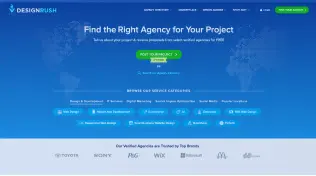Recommended For
- Designing fully optimized websites, ready to drive traffic, engagement, and conversions
- Specialization in all leading eCommerce platforms, from WooCommerce and Shopify to Adobe Commerce (Magento)
- Custom website redesign, including modernization, user experience improvement, and content management system (CMS) transition










 11
11 

































































-preview.jpg)

